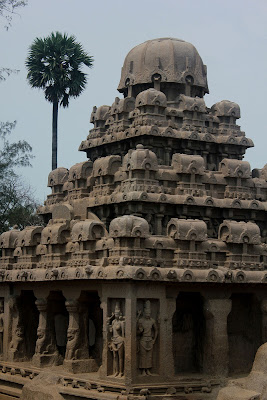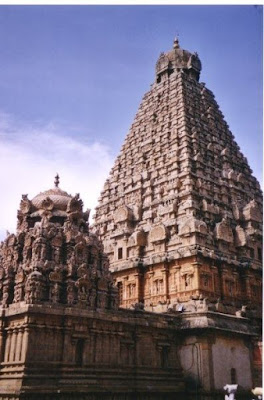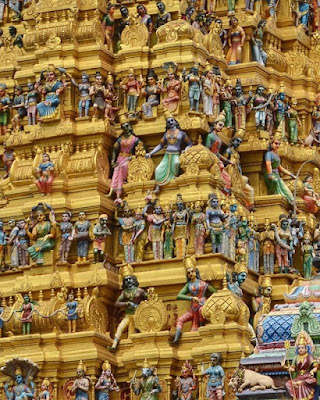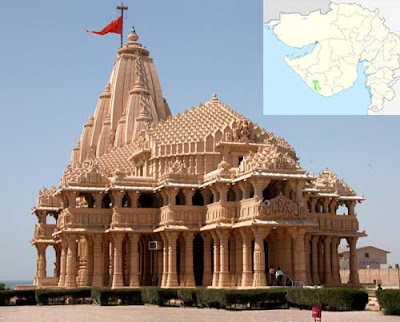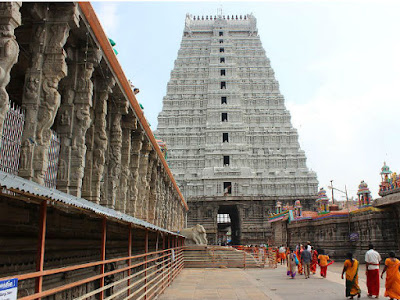ॐ श्री गुरुभ्यो नमः ॐ श्री शिवानन्दाय नमः ॐ श्री चिदानन्दाय नमः ॐ श्री दुर्गायै नमः
Source of all Images in this Blog-post : Google Images : ‘Google Image Search’ will reveal the multiple sources of every single image shared in this Blog. For more details, kindly see ‘Disclaimer‘
The stone-carving tradition in India is one of the richest in the world. Guilds of masons and stone carvers have existed here since the 7th century B.C. The skills were handed down as family lore from father to son, a practise prevalent in some parts of the country even today.
The classical tradition of stone carving was closely linked with architecture. All major temples of India-be it Puri, Konark, Khajuraho, Kailash Temple, or the Shore Temple at Mahabalipuram-illustrate the rich tradition of Indian stone carvings.
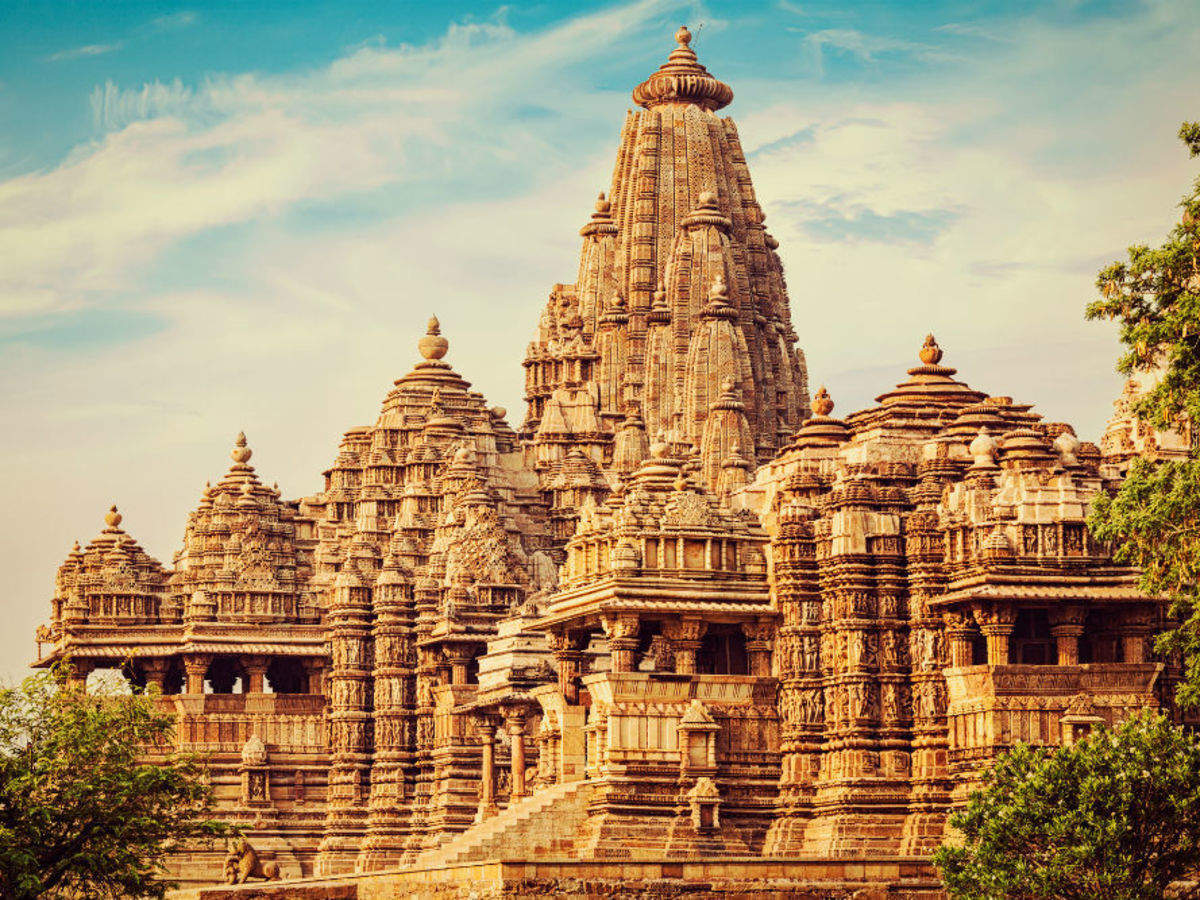
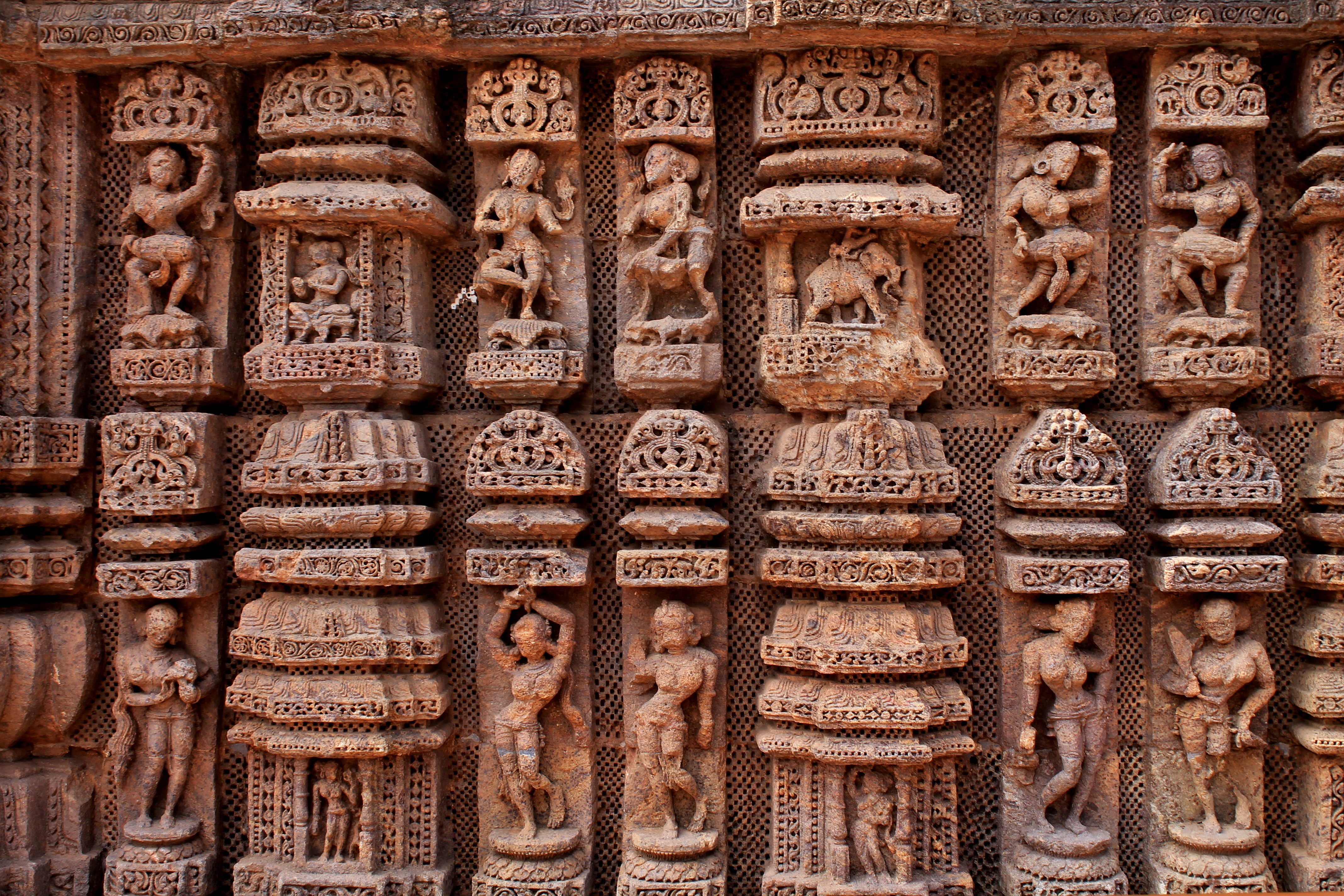
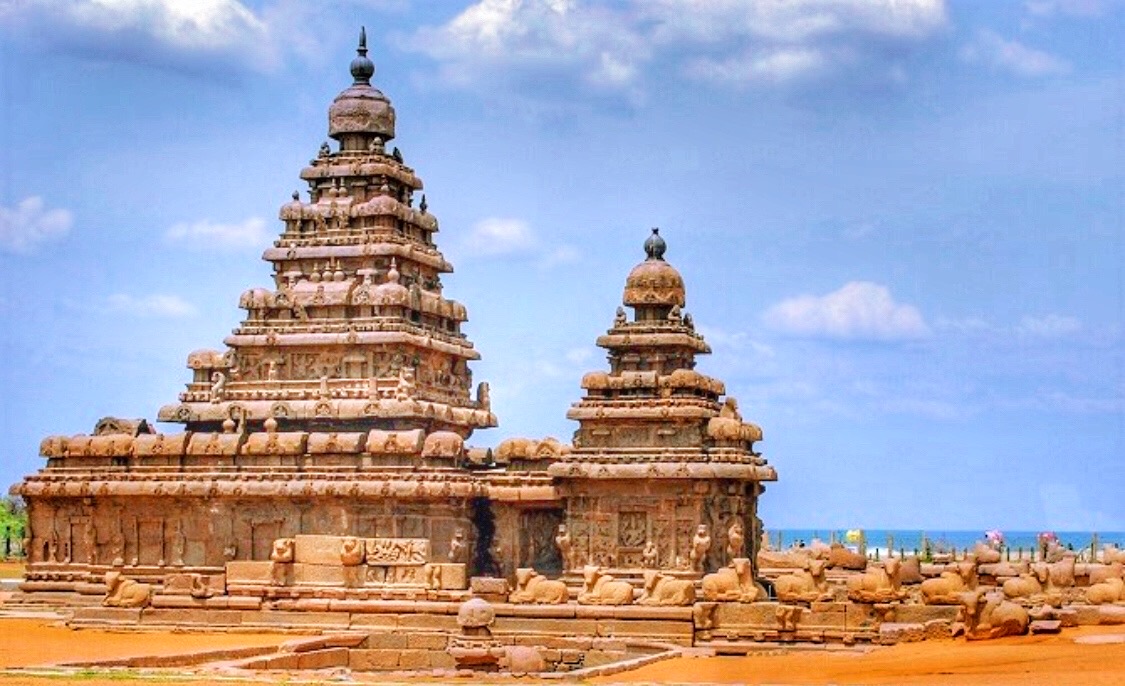
The geologically old land of Rajasthan, rich in different kinds of hard rocks like granites, marbles, quartzite, slates, and other metamorphic rocks, has been a stone-carver’s paradise.
Right from the medieval times, the ready availability of high-quality stone (the use of brick was almost unknown) made it easy for the Rajasthani builder to construct strong and beautiful forts, palaces, and temples.

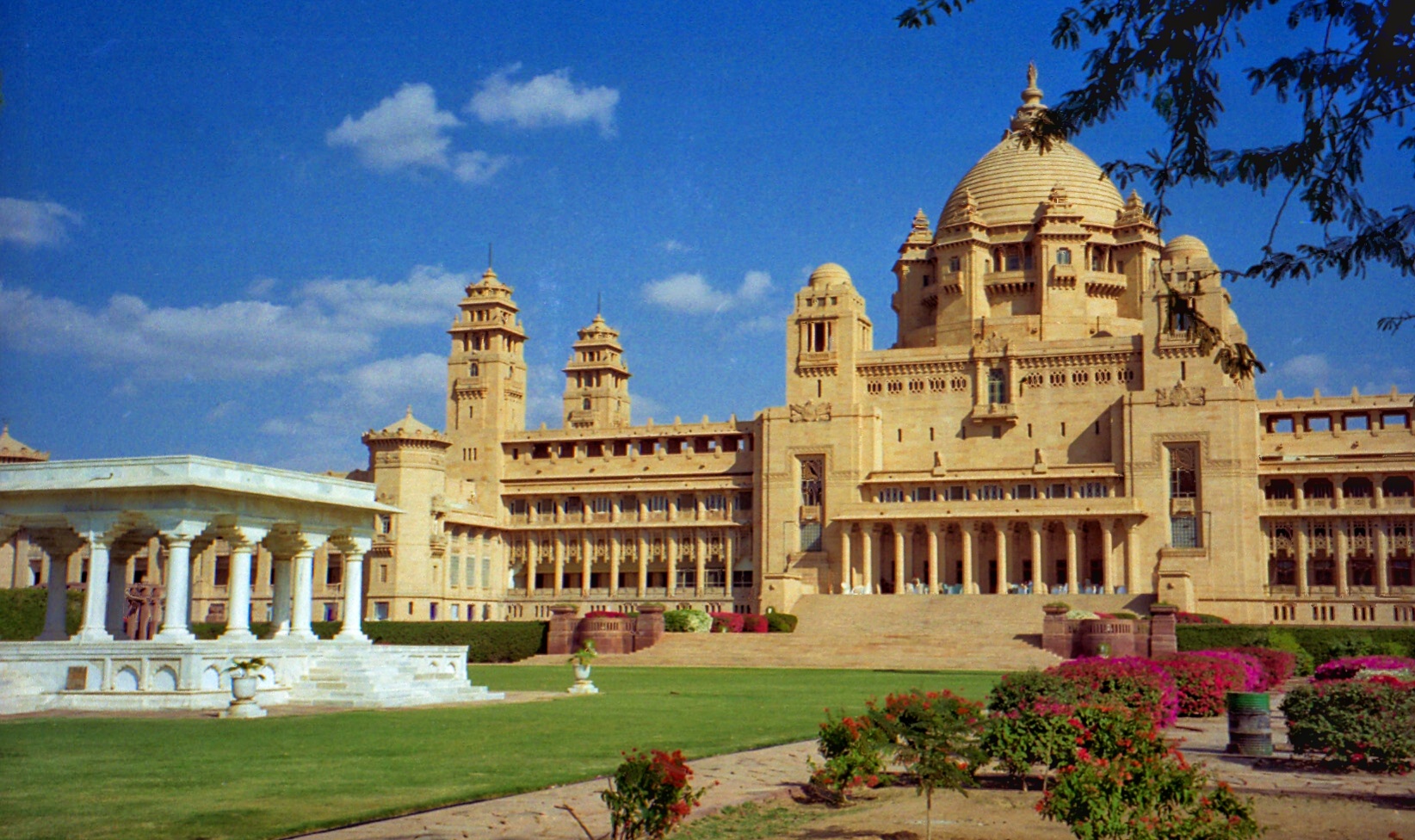
The sculptures found in the ancient and medieval temples of Bharatpur, Baroli, Ramgarh, Nagda, Ajmer, Chittor, Mandore, Jaisalmer, Bikaner, and Udaipur speak highly of the artistic skills of the Rajasthani stonecutters.
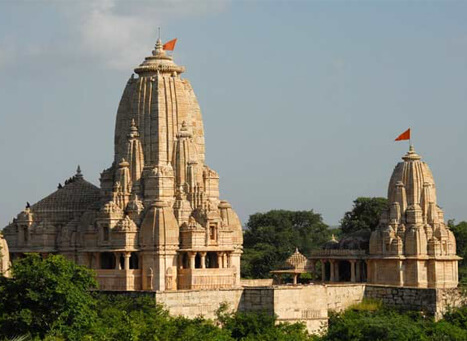
Apart from temple carvings, the stone carvers of Rajasthan are noted for their Jali (latticework) carvings. Most ancient palatial buildings of Rajasthan sport Jali work on their doors and windows.
The Jali screens, sculpted from both sandstone and marble, were frequently used in the windows of the Zenanas (women’s quarters) enabling the women in Purdah to view the events of the courts without being seen.
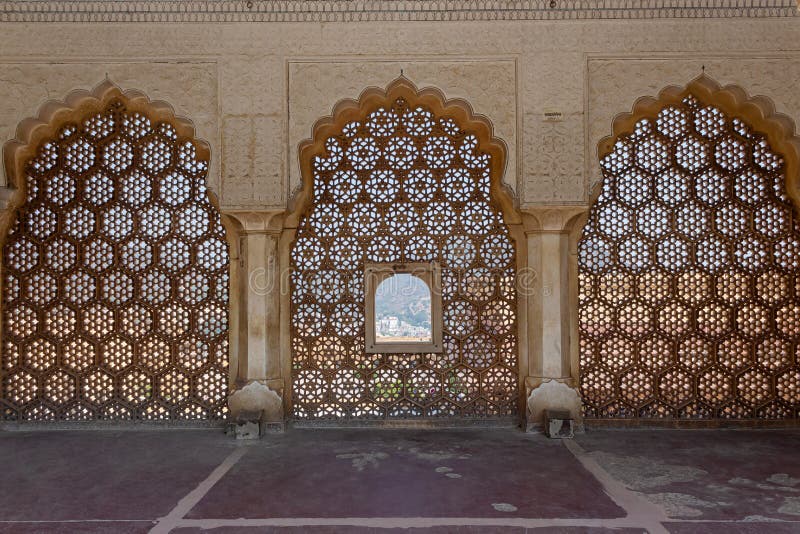
The screens also offered protection from the elements while allowing the passage of fresh air through the intricate geometric patterns.
Rajasthan continues to be one of major centres of stone carving in the country.
The capital city Jaipur is the centre of marble carving in Rajasthan. Here one can see artisans creating marble images of the deities as well as domestic utensils such as bowls for grinding spices and kneading dough.
At Ajmer, Udaipur, Jodhpur and Bikaner, one comes across some very fine examples of the intricate Jali work done on screens and panels of the royal palaces.
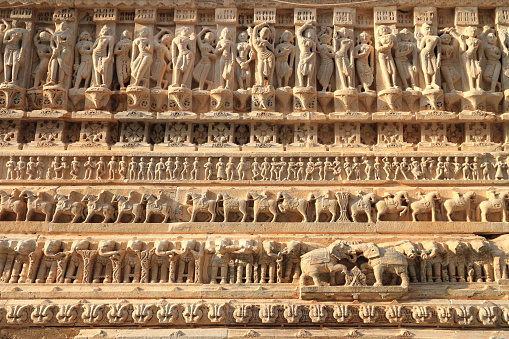
The fine quality of marble and sandstone extracted from the numerous quarries in the state had given rise to a tradition of stonemasons and sculptors. The quarries at Makrana are quite famous, for it is from these quarries that the marble used in the Taj Mahal was mined.
Also built using marble from Makrana mines were the exquisite Dilwara Jain temples at Mt Abu.
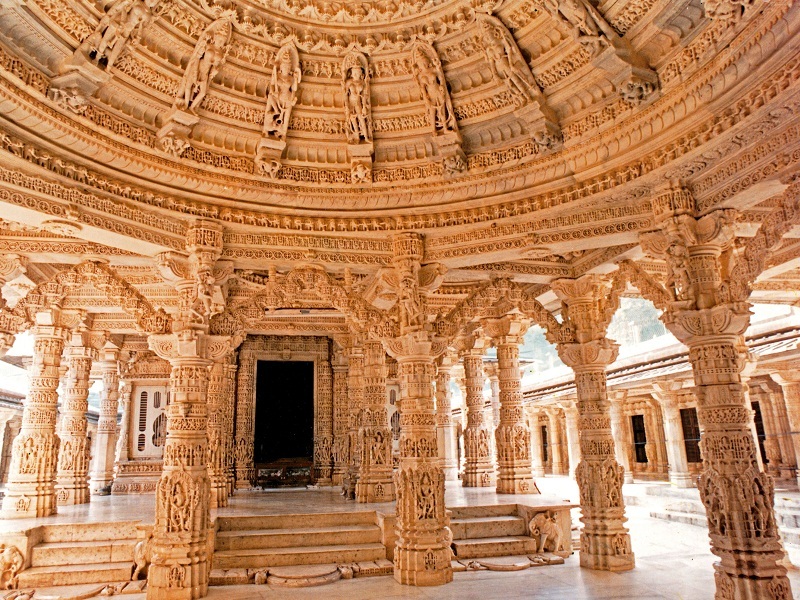
Rupbas (near Agra) and Karauli still produce the red sandstone that was used by the Mughals to build their forts and palaces at Agra, Delhi, and Fatehpur Sikri.
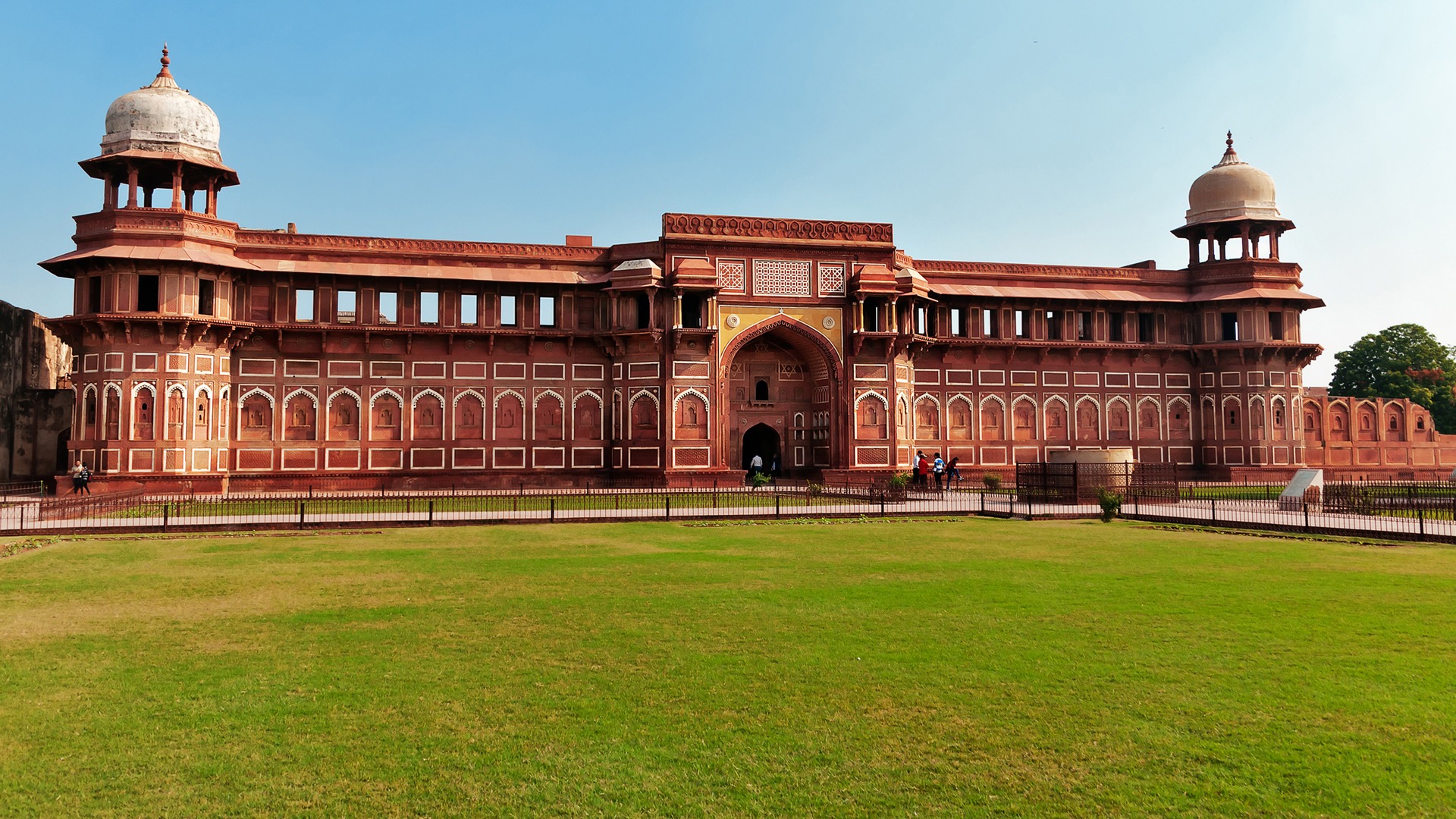
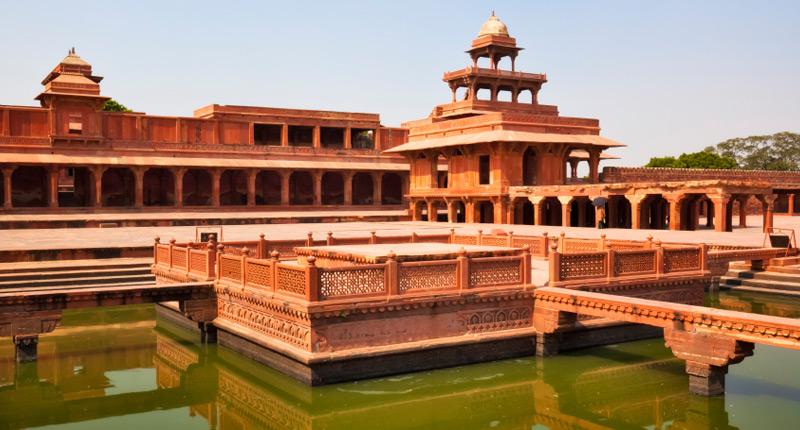
In east Rajasthan, Kota produces grey stone for floor making, Barmer produces yellow marble for delicate carvings, and Ajmer produces granites.
The soft chromatic stone mined from the quarries of Dungarpur are used by the stone carvers of the state for carving images of the deities. The stone becomes black when oiled.
As the subject matter of these images is divine, the sculptors are required to work according to the guidelines laid down in the Shilpa Shastra – an ancient Hindu treatise on sculpture and architecture.
The religious themes are carved in stone all over the state. One can see the lifelike images being skilfully sculptured in different varieties of stone across the state.
In Jaipur, white marble is used for carving out statues of gods and goddesses as well as animal and human figures.
Stone Craft of India
From ancient times, India has been a land of arts and crafts. Various art forms have evolved in metallic and non-metallic materials here. Stone work is also one of such wonderful crafts.
India has a rich tradition of stonecraft. Guilds of masons and stone carvers have existed here since the 7th century B.C. Different types of stones like, marble, soapstone, sand stone are used by craftsmen in India.
Stone craft in India is not only restricted to ornate carvings on temples or sculptures of deities, but it is also used in making items like carved panels, tiles, paper weights, pen stands, models of historical buildings, sculptures of animals and humans etc.
The basic design is traced on the stone and it is given a crude shape. The final carving is then carried out and the items are polished.
Stone craft of Rajasthan
The geologically old land of Rajasthan, rich in different kinds of hard rocks like granites, marbles, quartzite, slates, and other metamorphic rocks, has been a stone-carver’s paradise.
Right from the medieval times, the ready availability of high-quality stone (the use of brick was almost unknown) made it easy for the Rajasthani builder to construct strong and beautiful forts, palaces, and temples.
The sculptures found in the ancient and medieval temples of Bharatpur, Baroli, Ramgarh, Nagda, Ajmer, Chittor, Mandore, Jaisalmer, Bikaner, and Udaipur speak highly of the artistic skills of the Rajasthani stonecutters.
Apart from temple carvings, the stone carvers of Rajasthan are noted for their Jali (latticework) carvings. Most ancient palatial buildings of Rajasthan sport Jali work on their doors and windows.
The Jali screens, sculpted from both sandstone and marble, were frequently used in the windows of the Zenanas (women’s quarters) enabling the women in Purdah to view the events of the courts without being seen.
The screens also offered protection from the elements while allowing the passage of fresh air through the intricate geometric patterns.
Rajasthan continues to be one of major centers of stone carving in the country. The capital city Jaipur is the center of marble carving in Rajasthan.
Here one can see artisans creating marble images of the deities as well as domestic utensils such as bowls for grinding spices and kneading dough.
At Ajmer, Udaipur, Jodhpur and Bikaner, one comes across some very fine examples of the intricate jali work done on screens and panels of the royal palaces.
The fine quality of marble and sandstone extracted from the numerous quarries in the state had given rise to a tradition of stonemasons and sculptors.
The quarries at Makrana are quite famous, for it is from these quarries that the marble used in the Taj Mahal was mined. Also built using marble from Makrana mines were the exquisite Dilwara Jain temples at Mt Abu.
Rupbas (near Agra) and Karauli still produce the red sandstone that was used by the Mughals to build their forts and palaces at Agra, Delhi, and Fatehpur Sikri.
In east Rajasthan, Kota produces gray stone for floor making, Barmer produces yellow marble for delicate carvings, and Ajmer produces granites.
The soft chromatic stone mined from the quarries of Dungarpur are used by the stone carvers of the state for carving images of the deities. The stone becomes black when oiled.
As the subject matter of these images is divine, the sculptors are required to work according to the guidelines laid down in the Shilpa Shastra, an ancient Hindu treatise on sculpture and architecture.
The religious themes are carved in stone all over the state. One can see the lifelike images being skillfully sculptured in different varieties of stone across the state.
In Jaipur, white marble is used for carving out statues of gods and goddesses as well as animal and human figures.
Stone carvings of Tamilnadu – Stone carnival
The beautiful temples that dot the South Indian state of Tamil Nadu have lent the state the sobriquet of ‘Land of Temples’.
The glory of Tamil temple architecture reaches its pinnacle in the Meenakshi temple at Madurai.
The temple with its profusion of sculpture and magnificent proportions, the thousand-pillared Mandapas and the pillars of stone, towering Gopurams (gateway) and larger-than-life-sized reliefs speak volumes of the architectural skills of the Tamil sculptors.
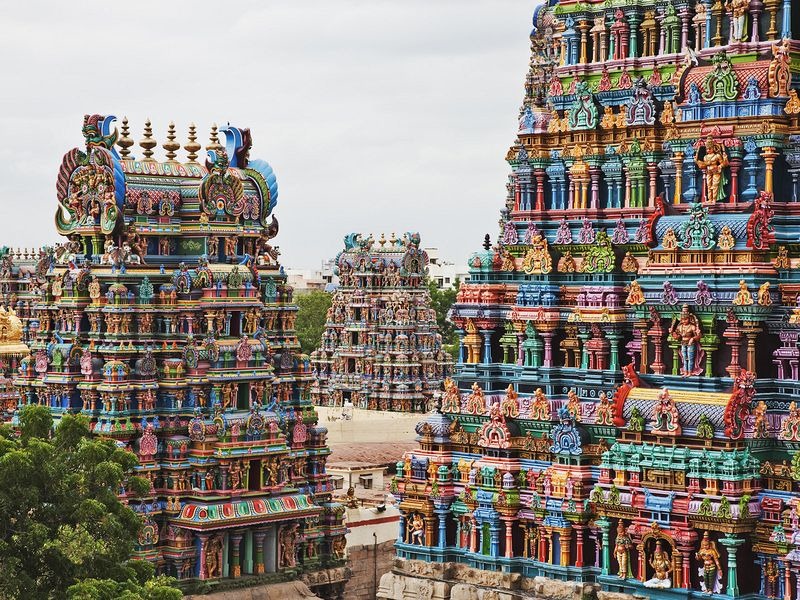
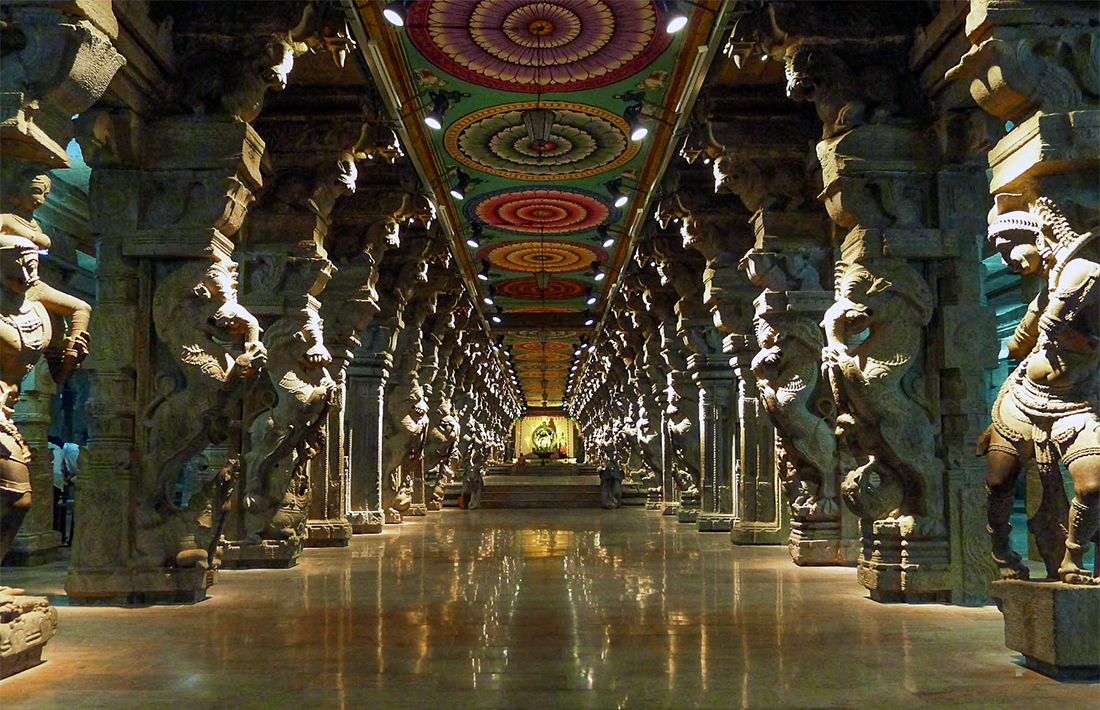
The sculptor’s fine sense of balance and skill is also displayed in the other temples of the state. At Chidambaram, one finds beautiful panels depicting the 108 Karanas of the Natya Shastra while Kanchipuram houses a number of the temples starting from the earliest Pallava times to the Nayak period and even later.


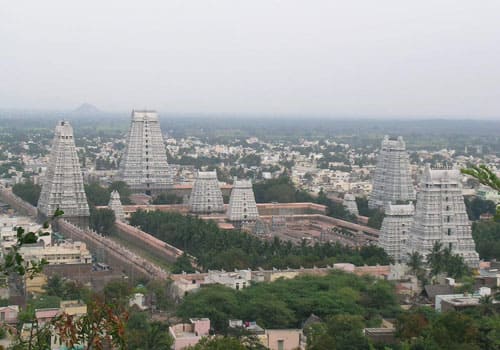
The artistic achievements of the Tamil sculptors are also displayed at the grand Ekambareshwara Temple and the Varadaraaja Temple of Kanchipuram.
The granite carving in Tamil Nadu is confined to the area around Mamallapuram (also Mahabalipuram) and Chingleput.
This may be attributed to the fact that the government has set up the Mamallapuram School of Sculpture here. Just as in bronze, the 20th-century sculpture has not yet evolved an idiom of its own and many of the carvings are copies of the earlier periods.
The quality of the material is an extremely important part of the sculptural process. Just as the Shilpa Shastra set out the measurements and techniques of sculpting, the sculptors here have also gone into a detail regarding the quality of stone, its maturity, texture, color and other things.
The artists out here work with the indigenous varieties of the stone available in the state, as it is extremely durable for construction purposes. Also the homogeneity of the stone is important for the stability and durability of the final form.
The stones are selected carefully for their texture and the lie of the stone (or the direction of the growth). This lie also defines the quarrying technique employed.
The dynamiting of rocks is not recommended when the stone is supposed to be used for sculpture. Dynamiting forms cracks on the stone thereby making it unfit for use.
The stone is cut by moving a series of wedges about 5 to 7.5 cm deep. These wedges are driven carefully with heavy 4 kg hammers, resulting in the rocks breaking apart with clean edges.
A good stone is supposed to have no flaws, whether Kalanga or stains, Rekha or patch, Bindu or spot.
The themes for most of the sculptures have always been religious in nature. Much of the elaboration has a strong basis in the mythology and Puranic tradition of India. There is an elaborate use of symbolism to convey the meaning of abstract truths.
After the sculptural work is complete, a ceremony called as Nayanon-Milan is held. In this ceremony, the image is invested with sight, life and breath, thus making it a virtual living force. Only then is the image ceremoniously placed in the Garbhagriha or sanctum sanctorum.
Different and varied stone crafts exist in different parts of India :
Different types of stones like, marble, soapstone, sand stone etc are used by craftsmen in India. Large blocks of stone are quarried and then taken to various craft centers. The basic design is traced on the stone and it is given a crude shape. The final carving is then carried out and the items are polished.
Madhya Pradesh has a rich tradition of stone craft. Gwalior is known for Jali (lattice) work. Animal and human figures are created in Jabalpur and Tikamgarh. The tribal region of Bastar is well known for sculptures of tribal gods and memorial pillars.
In Andhra Pradesh the main centers of stone craft are Durgi, Allagadda and Tirupati. These centers excel in the making of intricately carved figures of gods and goddesses. The craftsmen here strictly follow ancient rules pertaining to carving and making sculptures.
Gujarat is known for marble sculptures from Ambaji. Rural areas of Bihar are known for utensils made from black stone.
Rajasthan has the best marble and sandstone quarries in India. The craftsmen here have an age-old tradition of carving and making sculptures. The marble quarry of Makrana has contributed to making of Taj Mahal at Agra and marble from here is also used in the making of exquisite Dilwara Jain temples at Mt Abu. The craftsmen here follow the rules laid down in Shilpa-shastra, while creating images of gods and deities.
Jaipur is the center of marble carving in Rajasthan. Craftsmen, not only create figures of deities, but also make household items like bowls, trays, items for kneading dough etc. Ajmer, Udaipur, Jodhpur, Bikaner and Jaipur are main centers of jali making.
Tamilnadu, Karnataka and Orissa are also famous for figurines and items made from stone. The craftsmen from Orissa use soft soapstone to make finely carved sculptures of gods and goddesses.
Uttar Pradesh has many craft centers engaged in making different items from stone. Hamirpur district is known for statues made from locally available red soft stone.
The Raida community of Banaras, is responsible for making a range of marble items include tableware, plates, glasses bowls, food containers, candle stands, etc.
Agra is famous for its intricate marble inlay work, drawing inspiration from the Taj Mahal. Floral and geometric patterns dominate designs created here. Popular items include models of Taj, bowls, boxes, lamps, vases and pitchers.
Intricately carved friezes, panels and trellis or Jali work done in exquisite designs is a specialty of this place. Vrindavan and Mathura are popular for alabaster work. At times alabaster items are studded with precious stones.
Jhansi region known for a dark brown stone, spotted with yellow. Lamp stands, pastel, incense stick holders are made out of this stone.
More information on Stone-Carvings & Temple Architecture of the cultural haven of India, with web-links to the sources of the following awe-inspiring, sacred images of Hinduism & Jainism, will follow soon.
Stay tuned, & please don’t miss the joy of exploring the countless, marvelous Holy Temples, Shrines, Churches, Gurudwaras, Mazjid, Dargaas, Monastries and Fire-Temples (dar-e mehr ) of different Religions, of Secular India, at least virtually first, to begin with.
Here is the Wikipedia page of the Hindu Temple Architecture in Hindi. Those who can read Hindi, I am sure, would just enjoy reading it.
| Madurai Meenakshi Temple, TamilNadu, India : Image Source |
 |
| Kailasanathar Temple Kanchipuram TamilNadu, India : Image Source |
 |
| Khajuraho Temple, MadhyaPradesh, India : Image Source |
 |
| Adinath Temple Khajuraho, Madhyapradesh, India : Image Source |
 |
| Keshava Temple, Somanathapura, Karnataka, India : Image Source |
 |
| Brihadeeshwara Temple, Tanjore, TamilNadu, India : Image Source |
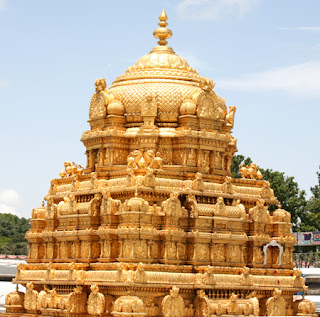 |
| Shri Venkateshwara Suprabhatham (Perhaps Tirupathi Temple ) : Image Source |
| Pancha Rathas (also known as Pandava Rathas), Mahabalipuram, TamilNadu, India : image Source |
| Shri Sarangapani Temple, Kumbhakonam, TamilNadu, India : Image Source |
 |
| Kumbakonam Adi Kumbeswarar Temple, TamilNadu, India : Image Source |
 |
| Chennakesava Temple, Somanathapura, Karnataka, India : Image Source |
 |
| Shore Temple, Mahabalipuram, Tamil Nadu, India : Image Source |
 |
| Bhubaneswar, the Temple City of eastern India : Image Source |
 |
| Lakshmana Temple, Khajuraho, Madya Pradesh, India.: Image Source |
| Vamana Teple khajuraho, MadhyaPradesh, India : Image Source |



